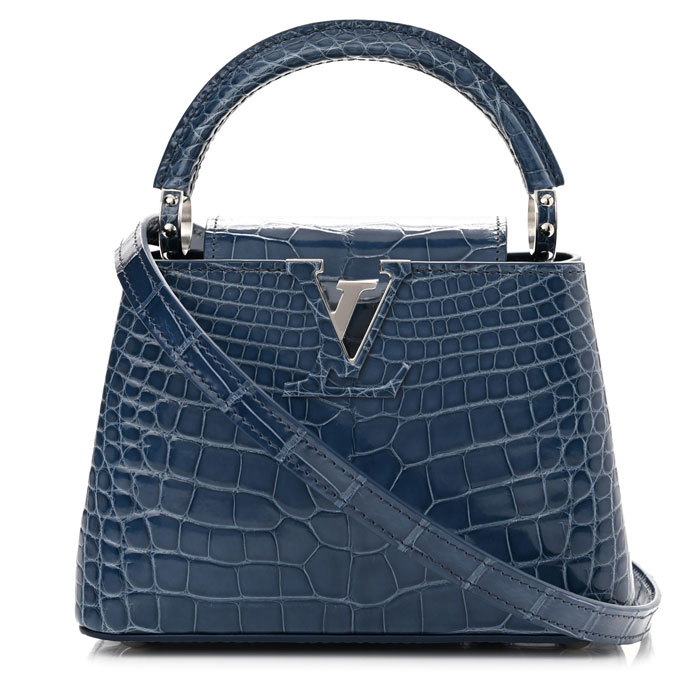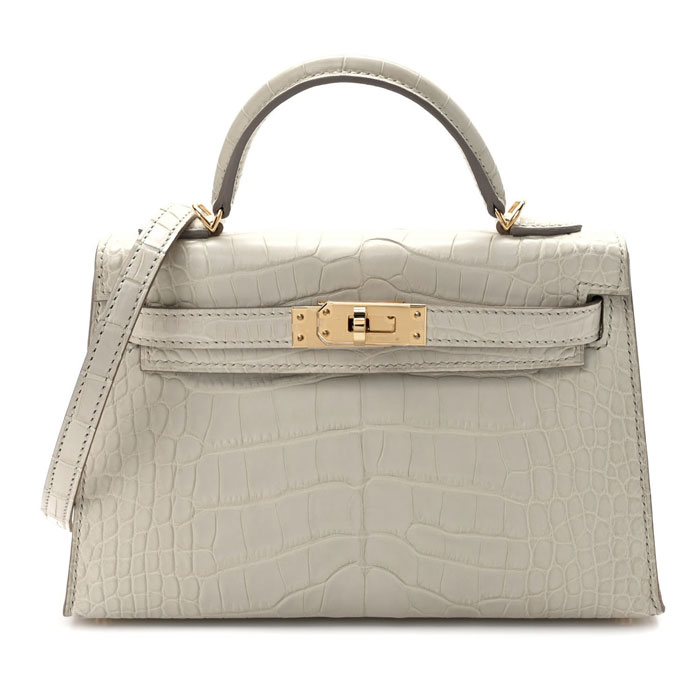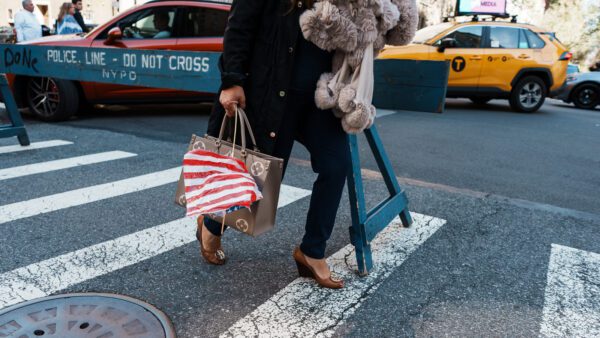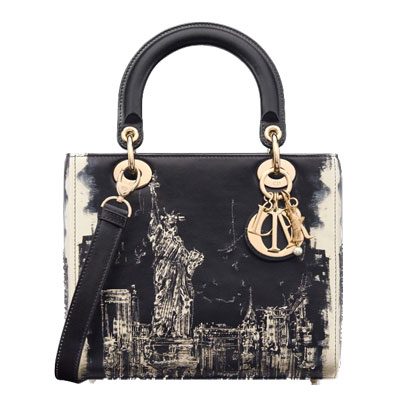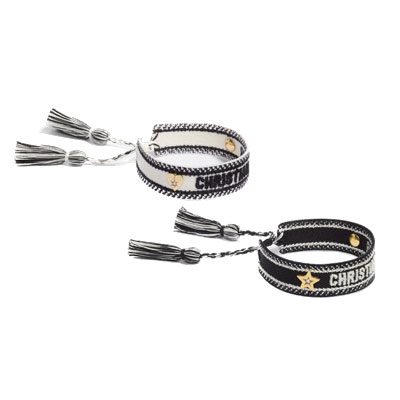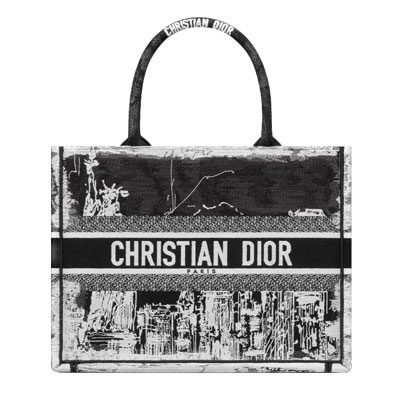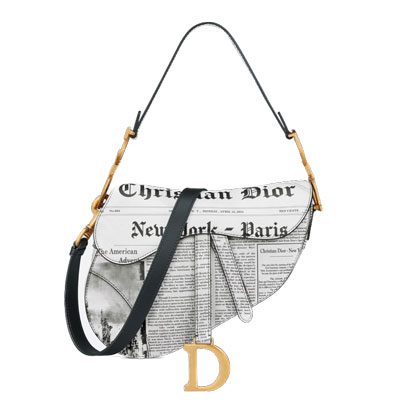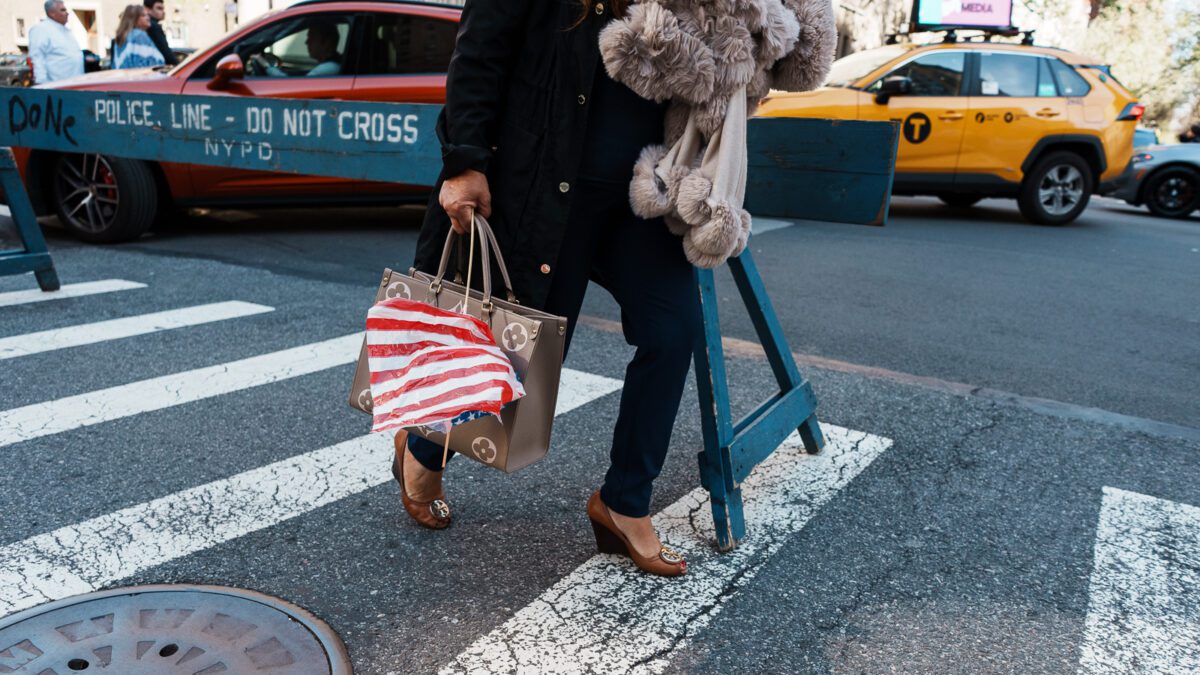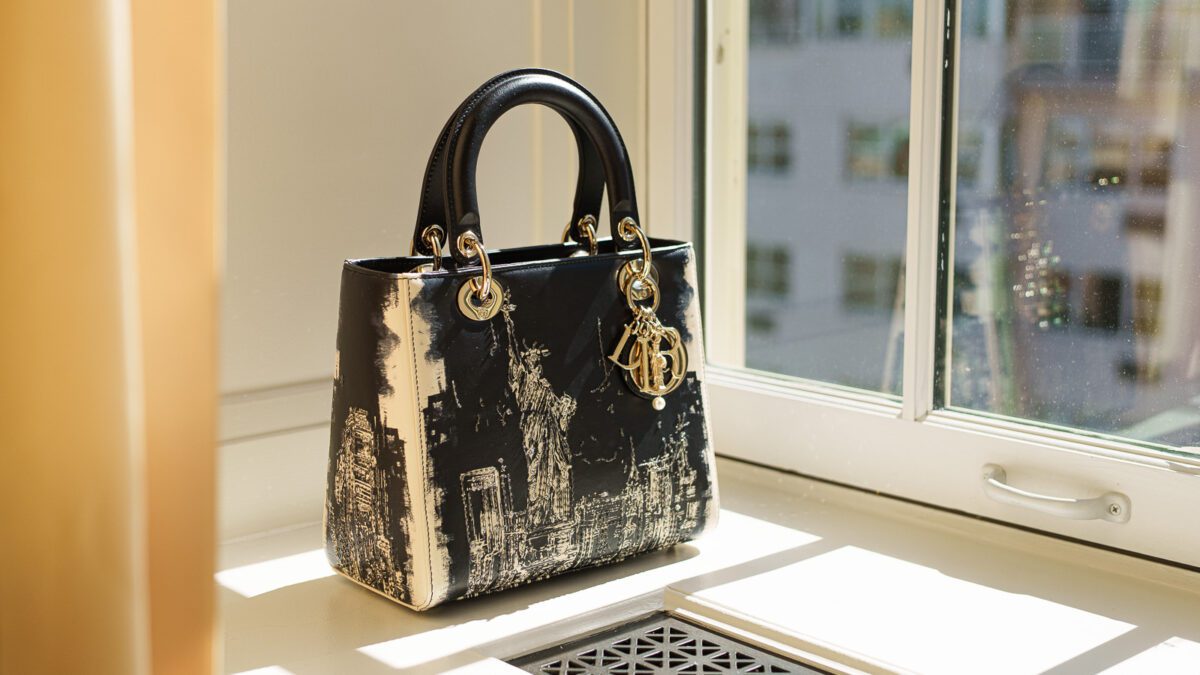PETA®, famously interrupting fashion shows since 1991, has been a fairly frequent, if not entirely unwelcome, fixture of the fashion month calendar.
As of Spring/Summer 2024, however, the activist group seems to have acquired a theatrical flair, and of course, what with our inherent appetite for heightened performances, we simply can’t stop talking about it!
Dating back to September last year, it began with a protestor at NYFW crashing the Coach Stuart Vevers’ 10th Anniversary show, strutting along the catwalk with as much aplomb as the actual models, parading a placard proclaiming “Leather Kills.”
The Hermès show in Paris and the Gucci show in Milan were next to be infiltrated, with activists rallying against the use of furs and exotic skins in fashion, their live-streamed ambushes sending the internet crowds into a veritable frenzy.
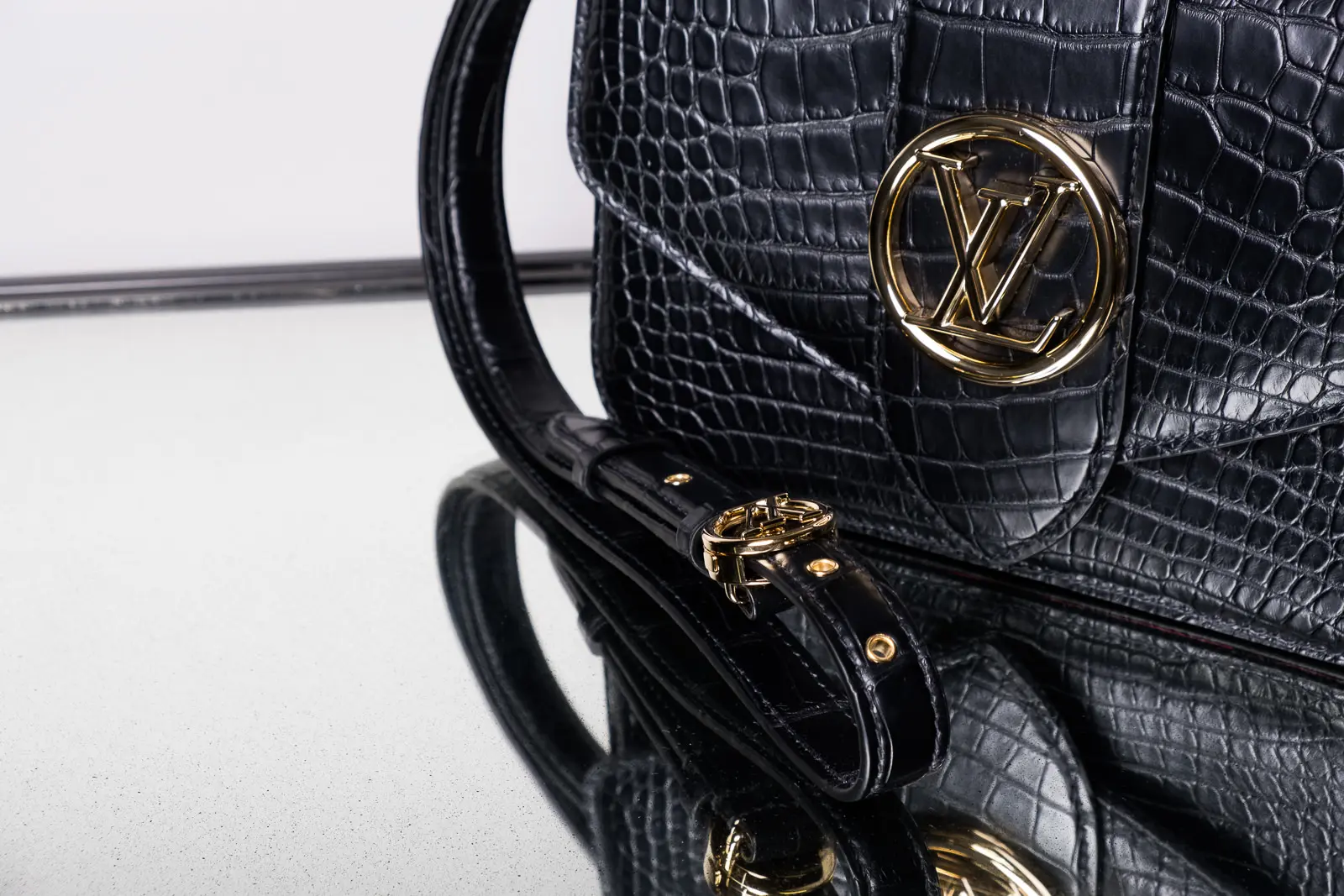
In the same month, Sotheby’s London recorded the sale of one Hermès Himalaya Birkin in Matte Niloticus Crocodile for £100,800, a mere £800 above the higher of its pre-sale estimate of £100,000. Subsequently, in November, the Handbags Online: The Paris Edit auction at Christie’s showed an equally dismal performance, with two other generally highly sought-after specimens of the Himalaya Birkin 30 and crocodile Retourné Kelly 28 selling for just above their pre-sale low estimates!
Seemingly unrelated events occurring at such close proximity – coincidence? I think not! Could it be that the mystique of exotics has finally been dispelled?
The Enchanting Tale of Exotics
The use of animal hides dates back to the dawn of human civilization. As we enter 2024, it continues to possess greater applications than ever, the fashion industry being a chief beneficiary of the leathercrafting trade.
But even among your usual array of skins, exotics have always been in a league of their own, captivating the highest-paying clientele of any given heritage house – the oldest of old money, if you will – and representing the pinnacle of the luxury experience, leaving us mortals to salivate and sigh.
“The allure of an exotic skin bag is that it’s timeless. It’ll always add a little something to your look,” notes Nejla Matam‐Finn, co‐founder and CEO of The Fifth Collection. So, it’s easy to see why everybody from Hermès and Gucci to Michael Kors and Ganni have been keen to create (or recreate) that exotic look.
Their appeal – aside from the prohibitive price points guaranteeing exclusivity, of course – lies primarily in their aesthetics. Be it the usual suspects of crocodiles and alligators to more offbeat alternatives, like ostrich, lizard, or python, exotics offer endless colorways unmatched in vibrance and intensity.
It’s the ultimate form of distinction. So why shouldn’t you help yourself to this ultra-rarefied form of arm candy, given you have the cash and the VVIP status to boot?
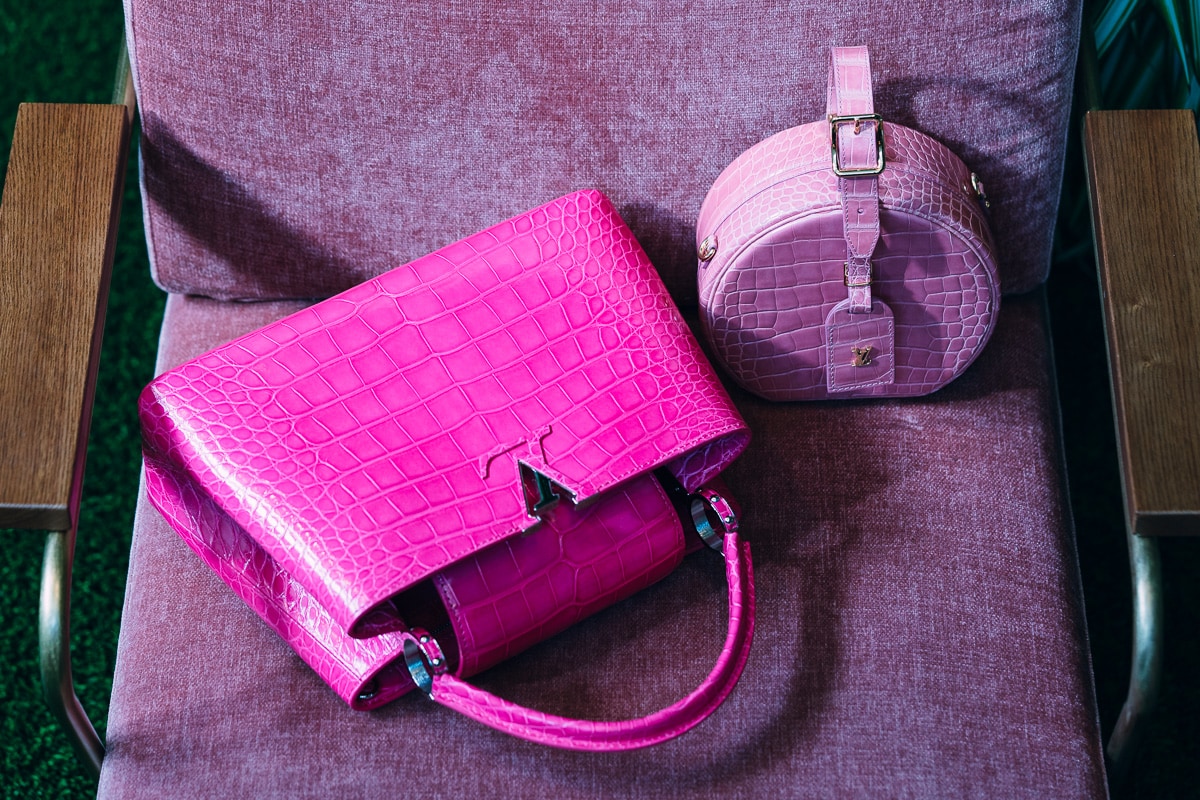
The Ethics of Exotics
Enter PETA®, or the People for the Ethical Treatment of Animals, who, after years of campaigning to eliminate fur from most fashion houses, began documenting the sourcing conditions at crocodile and alligator farms in the 2010s.
And then came the backlash, and it came in waves. From brutal breeding conditions to cruel live-skinning practices, the report led to an industry-wide outcry for reforms toward the ethical sourcing of exotic leather.
While brands such as Chanel, Mulberry, and Diane von Furstenberg, retailers Nordstrom and Selfridges, and the US state of California have all banned exotics outright, others, such as Hermès, Kering, and LVMH, opted for vertical integration of reptile farms for greater control.
But despite its allegations as an “abusive industry,” with conservationists trying to link the wet markets behind the spread of COVID-19 to the exotic hide industry, precious skins continued to gain momentum, hitting record prices even at the thickest of the pandemic and amidst attempts towards shifting to alternative leathers.
So, how has it managed to reach this juncture today?
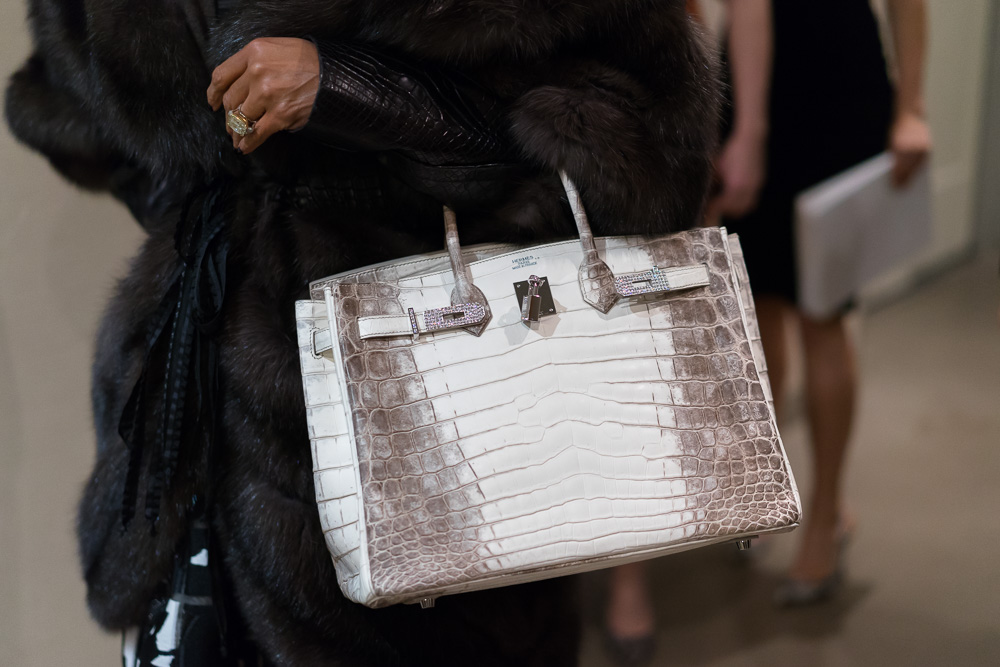
Exotics in the New Era
While science has since disproved the possibility of viral transmissions between reptiles and humans – rather, the trade in these hides is known to preserve swamps that would have otherwise been converted to farming pastures, control the growth of ecologically threatening species, like the Burmese pythons of Florida, and even benefit indigenous communities like the Tacana of Bolivia and Indigenous Australians.
It could just be that exotics have now simply lost their luster.
In fact, despite historical safeguards such as CITES (Convention on International Trade in Endangered Species of Wild Fauna and Flora) certifications and strict monitoring of farms by luxury conglomerates, all of which have proved to be far more effective over a blanket ban in regulating the illegal wildlife trade, the latest challenge for luxury brands could be a declining buyer interest in the material.
Especially at a time when heritage houses are trying harder than ever to shift upmarket, away from the millennial aspirational shopper, it’s not the exotic animals that are dying, but the appeal of their expensive skins.
With the manipulation of the cost mechanism as a barrier to entry to create the perception of “bespoke,” shoppers purchase mid-market contemporary brands instead.
Consequently, though Crocodile Birkins continue to command six-digit prices over both the retail and the resale markets, the figures are much lower than they used to be. This comes from exotics’ reputation for notoriously difficult maintenance, stringent storage requirements, and susceptibility to oils and moisture.
After all, precious skin purses are simply overpriced carryalls you’d have to baby around, and in today’s era of messy bags, that isn’t an entirely lucrative proposition.
We’d rather just shop pre-loved, wouldn’t we?

